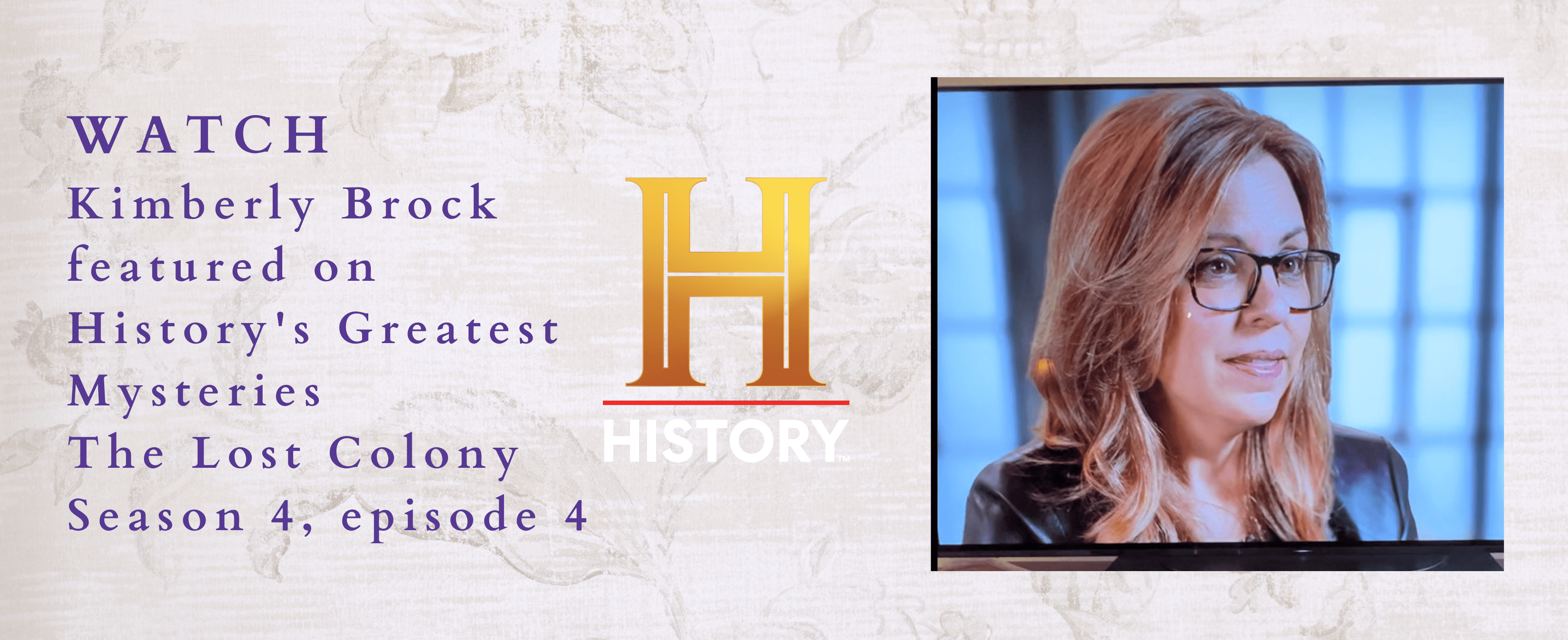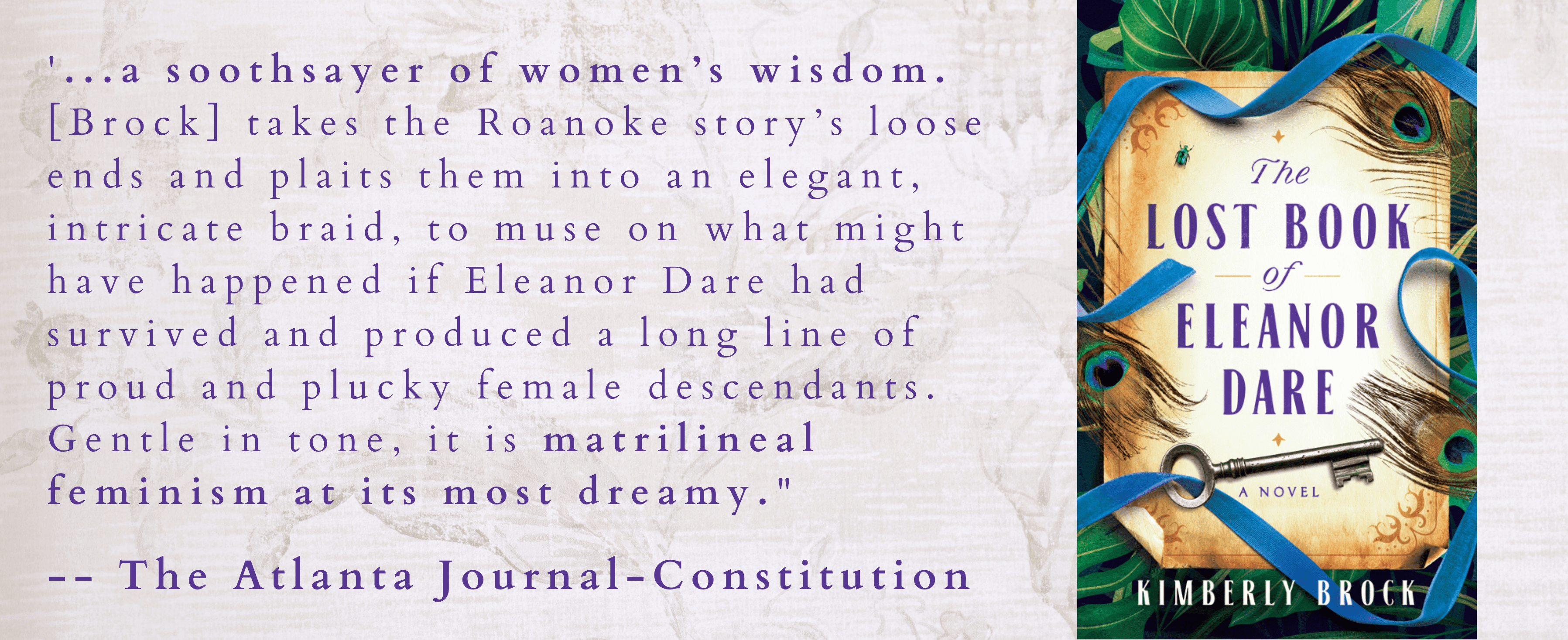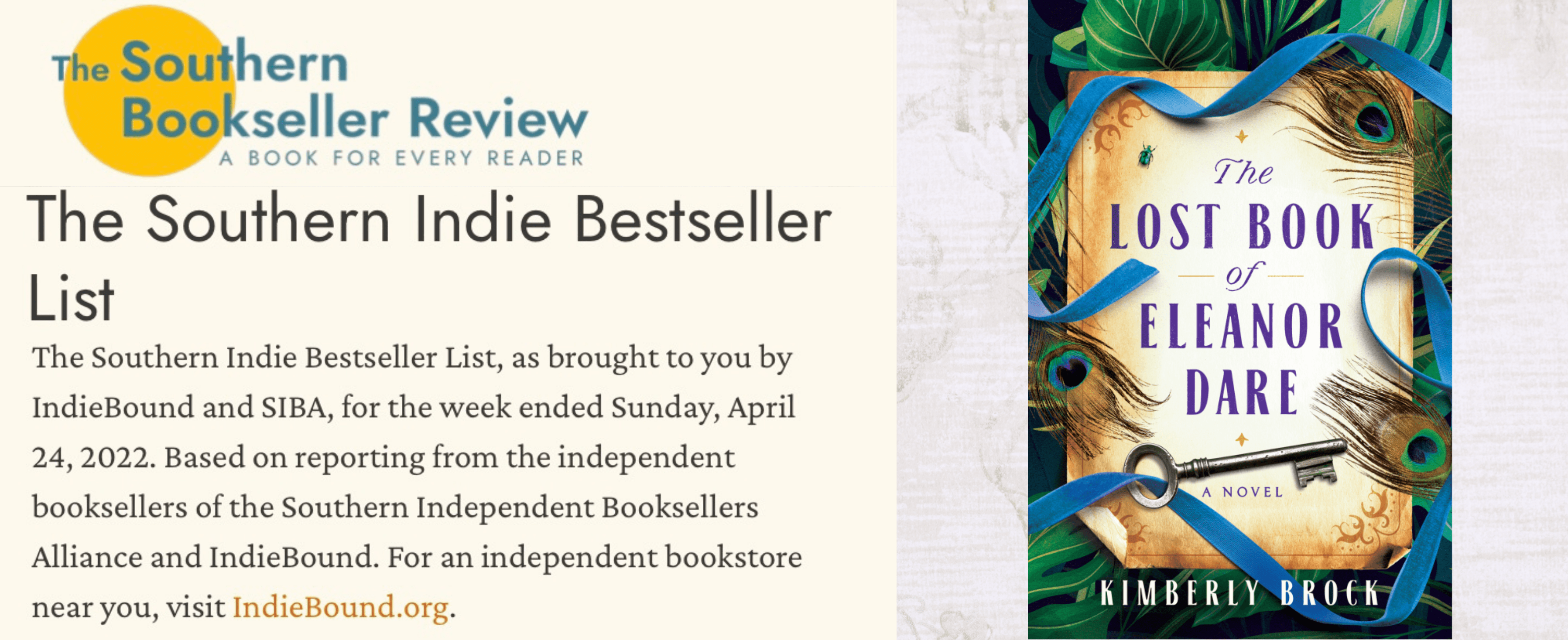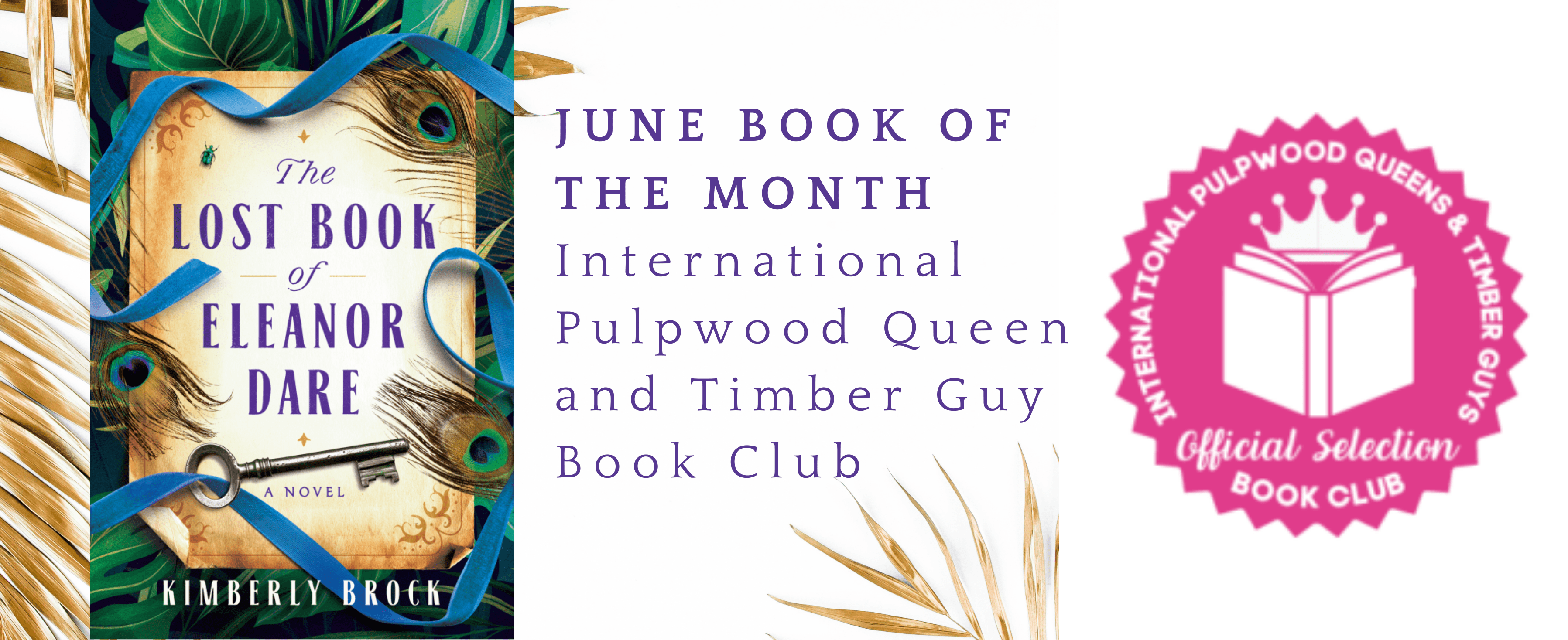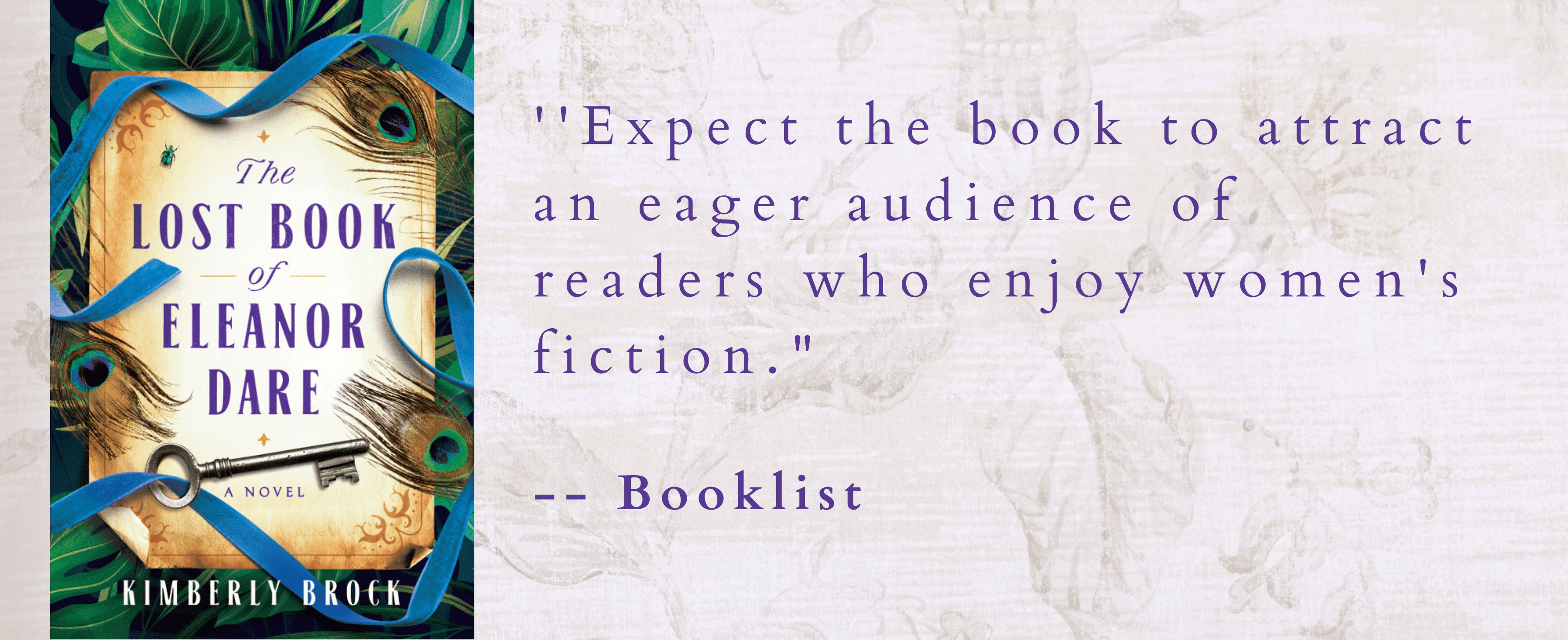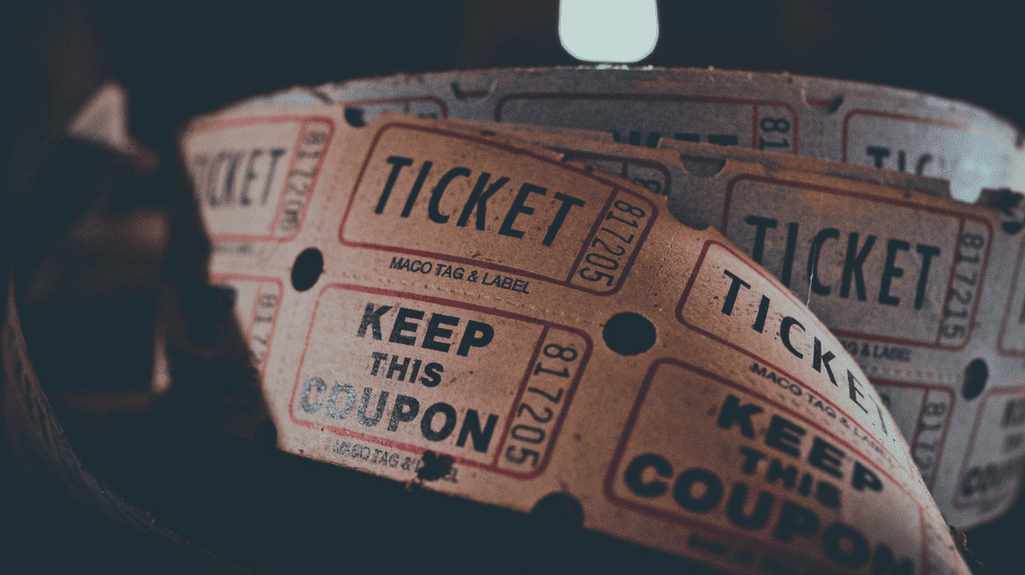Michael Morris’ latest novel is a compelling piece of southern literature — inspiring, authentic and original, atmospheric. I am delighted to feature him here today and introduce readers to his work.
The year I began writing seriously, Michael and I were strangers living in the same town and his first novel had just been published. I clipped an article out of the local paper about a debut author and his book, A Place Called Wiregrass. For years, I kept that article in my bedside drawer as proof it could be done! Recently, at the Decatur Book Festival just outside of Atlanta, GA, I had the great, good luck to meet Michael Morris and thank him for that inspiration. Five books later, he has written his strongest novel yet. That he then agreed to a few interview questions so I could share my love of his work here, was just icing on the cake…
Here’s what’s being said about Man in the Blue Moon:
“Michael Morris has been one of my favorite Southern writers. His new novel is reason for great celebration. Man in the Blue Moon is a beautifully wrought portrayal of small town southern life where poverty, tragedy and human love engage in a ritualistic dance. His portrait of Dead Lakes, Florida, is one of the best portraits of a small Southern town I’ve ever encountered. His main character, Ella Wallace, is fascinating and Mr. Morris is one of those rare writers whose females are as fully formed individuals as his males. Buy it. Read it.”
“A magical and mesmerizing page-turner rooted in hardscrabble Florida during WWI, based in part on a true family story…Morris’s narrative is subtle and supple, with overtones of the wry Southernisms of Flannery O’Connor, the rural Florida backdrop of Their Eyes Were Watching God, and a good helping of powerful and mysterious faith. Book clubs should devour this rich, carefully observed mix of characters, time, and place; Morris deserves to break out of the regional-writer box.”
—Publishers Weekly (Starred Review)
“The magic of turn-of-the-century Old Florida, in all its pain and natural beauty, has found its voice with native son, Michael Morris. Told in a multitude of voices, all desperate, all determined, Man in the Blue Moon spins a delicate, unforgettable family drama of abandonment and grit and redemption from unlikely sources. Morris is a fifth-generation Floridian, and describes with a pitch-perfect ear a vanishing rural culture of timber-cuts and bank foreclosures, where hard-held faith was not a luxury but a necessity for survival. Florida is lucky to have him.”
—Janis Owens, author of My Brother Michael and American Ghost
WELCOME, Michael.
Readers, you’re in for a treat…
1. You were a child in Florida, near where you chose to set Man in the Blue Moon. Did you want to set the novel there out of an affinity for that place?
I am a fifth generation Floridian and all of my stories tend to make their way back to the state. But this is the first novel that is completely set in the Panhandle area, which is the part of Florida I know best. When I started writing my first novel, A Place Called Wiregrass, it was at St. George Island, which is just over the bridge from Apalachicola. I always return to the area to write. The place and the people of the Panhandle inspire me.
2. How did you come up with the idea for Man in the Blue Moon?
My grandfather was what people called a ‘big talker.” He was the best story-teller I have known. In fact, he was such a good storyteller that you might have to get him to tell a story more than once so that you could weed out fact from fiction.
One story from my grandfather’s childhood always fascinated me. In 1920 when my grandfather was ten, he and his older brother were sent to pick up a delivery that was arriving from Bainbridge, Georgia by steamboat down the Apalachicola River to their home in Florida. Back at the family store with the crate now unloaded from the wagon, my great-grandfather used a crowbar to pop the lid open. A man, soiled with filth and caked with mud, climbed out of the box.
The man who had been nailed shut inside the box was shipped during the night to his cousin, my great-grandfather, for safe keeping. The man was on the run for supposedly killing his wife. Even though the court had exonerated him, the wife’s family sought vengeance. They had made it known that they would hunt him down and kill him.
When I began writing, I knew that one day I had to do something with this story.
3. What kind of research did you do for Man in the Blue Moon?
I started out by interviewing my grandfather, not only about all the details surrounding the man who was shipped in a crate, but day to day life in a crossroads community in the Panhandle of Florida. I asked him what their town celebrations were like and about their trips to Panama City or Apalachicola. He talked about the ways they would raft timber to market. All of these elements made the time and place come to life for me. Man in the Blue Moon is truly a novel based on oral history.
I also did a great deal of research reading about the time period: World War I, the woman’s suffrage movement and the 1918 flu epidemic. I sought about books about Apalachicola’s history and the South’s role in the war and the suffrage movement. Documentaries about these topics were helpful, particularly a PBS documentary on the flu that included survivor stories.
I’ll tell you how great libraries are. I was all set to travel to the University of Florida to spend time reading the 1918 Apalachicola, Florida newspapers. The Birmingham Library was able to arrange a loan with the university and the newspapers were sent on microfiche to Birmingham. I spent a couple of weeks combing through every issue. That was a big turning point for me in feeling that I was completely in the environment I was writing about. Through the newspaper searches, I was able to discover a claim that the area was considered by a few to be the original Garden of Eden and that the state was encouraging folks around Apalachicola to grow rice. Both of these elements became important parts of the story.
4. Are any characters in Man in the Blue Moon loosely based on you or people you know?
For me, the fun thing about writing is you get to take a little bit of people you know and maybe take physical descriptions of people you observer someplace like a restaurant and then mix them together. Looking at the character of Ella’s son, Keaton, I did imagine what my grandfather might have been like at that age and used that for inspiration.
5. Especially around the turn of the century, during the Victorian era, healing springs were a popular idea. Was the healing water in your novel based on a factual place?
In my hometown there was a spring with a resort that had burned decades before I was born. The remains include a pool where goldfish were once kept. As a child, I was fascinated by the place and would try to picture what it must have been like in its heyday. The image became the place that Brother Mabry wants to develop on Ella’s farm.
6. In this novel, you create nobility in characters with shady pasts and detestable characters out of upstanding types. Did you intentionally twist these archetypes to really make them stand out?
With a story like this one where there are enemies to drive the plot forward; I was hoping not to create caricatures or cardboard characters. I have a list of questions I always answer about the characters I’m writing about – from their favorite color to their darkest secret. Of course, not all of the details make it into the novel but it helps me to show the vulnerability and sometimes shadiness of characters that might otherwise come off as unrealistic. After all, we all have some good and bad in us.
7. Do you have a favorite character in this book?
There were characters that were more fun to write but I can’t pinpoint one that was my favorite. The more eccentric the character, the more fun they were to write. Brother Mabry and Ruby were two characters that seemed to leap from the keyboard.
8. In every one of your stories, you manage to provide insight into the heart of family. Why is family an especially important theme for you?
I appreciate you noticing that element of the novels. I tend to present families that are not traditional. In Man in the Blue Moon, Narsissa, the Creek Indian who lives on Ella’s property is just as much a part of Ella’s family as her sons. And of course, Lanier eventually becomes a part of the family too. I like to explore the definition of family. To me, family is more than blood kin, it’s also the faithful people in our lives who will step in and help us when we need someone.
9. I know we share an affinity for classic southern literature, as well as the contemporary works of Lee Smith, Janis Owens, Patti Callahan Henry and Joshilyn Jackson. Would you share a little more about your favorite authors?
We certainly do share a love of the same writers. And I’m honored to know them as my friends too. When I first started writing, Lee Smith and Pat Conroy were big influences on me. I grew up in a rural town and I was the first in my immediate family to graduate college. For me, writing seemed far-fetched. It seemed like something people in Paris or New York would do.
Then one day I heard Lee Smith reading a short story on the radio. She was reading stories about people I knew. That night after work, I went out and bought the collection of short stories, Me and My Baby View the Eclipse. I’ve read everything else that she’s written. Years later, scenes from her novels will come to mind like memories of events that I have lived through.
Pat Conroy is another writer who has influenced me. The Prince of Tides is the only novel whose opening line I can recite. I was mesmerized by the beauty of his words and the raw depiction of his characters’ pain. And story – you can’t ask for a more mesmerizing story. That book spoke to me in a deep personal way. Twenty years later, I continue to read that novel. As far as I’m concerned, anything he writes is pure beauty.
10. Out of all the novels you’ve written, do you have a favorite?
Well, I guess that is like picking a favorite child. The first novel is the one that is special to me on some deeper level. I think it has to do with the fact that I couldn’t believe that I actually finished it!
11. Will you go on a book tour for Man in the Blue Moon? Which cities will you visit?
I’m hitting the road in September, visiting the independent bookstores across the South. I’ll go back to Raleigh where I lived when I first started writing. We’ll visit the Atlanta area, Jackson, Fairhope, Greenville/Spartanburg, Pawley’s Island, Blytheville, Arkansas and my hometown of Perry, Florida of course. If anybody is interested I have a complete listing of my tour at wwww.michaelmorrisbooks.com
12. What do you hope readers take with them after reading Man in the Blue Moon?
When I set out to write a novel, I just try to write one that I’d like to read. When someone tells me that she read the novel and she still thinks about the characters and the story, then I feel like I have done my job.
13. What’s next for you? Are you working on anything new?
I’m working on a play that I’m excited about – I’ve never done that before. And I’m also working on a novel that is centered around Christmas. And of course, an island in Florida will be a part in the story too.
Michael is featured here by national online book club She Reads, my sister site.
** You can find Michael Morris here:
twitter @MichaelMorrisBk
Facebook at Michael Morris Author
Man in the Blue Moon is available from Amazon and everywhere books are sold.
 |
 |
 |
 |

